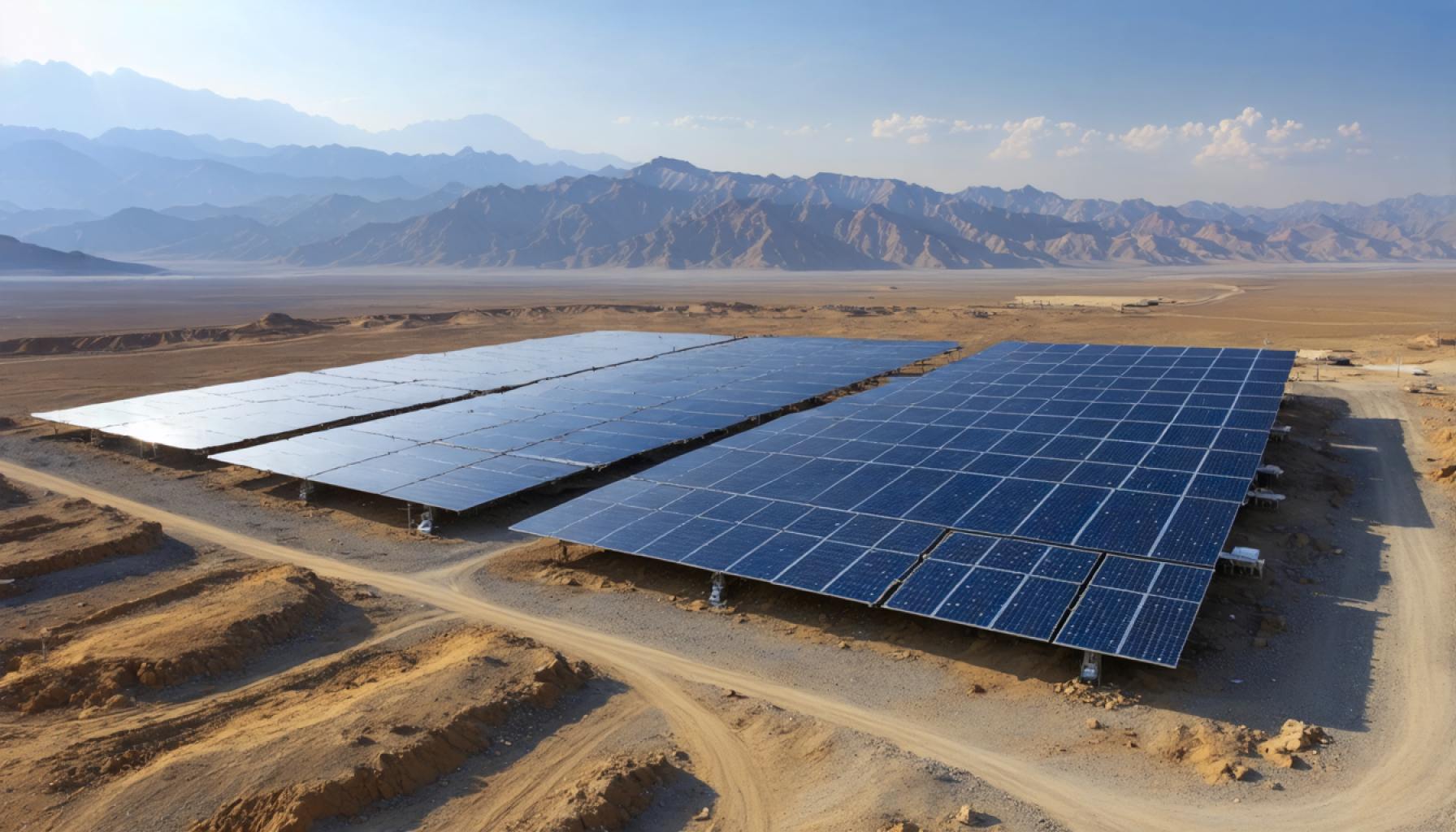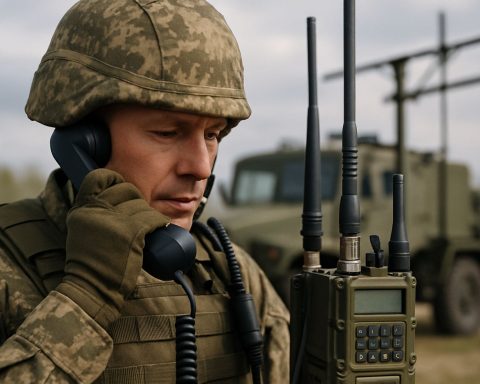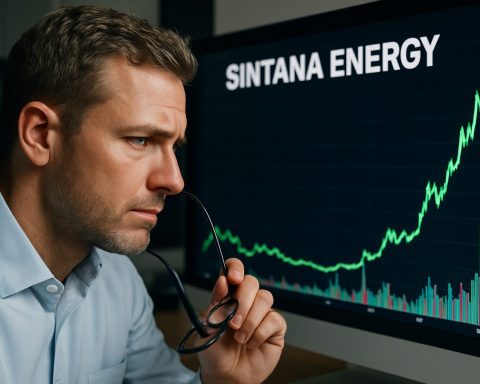- The European Commission’s €12 billion initiative aims to transform Central Asia into a hub for renewable energy.
- The diverse natural resources of Central Asia, including wind, solar, hydroelectric, and geothermal energy, present significant potential for renewable power generation.
- The Global Gateway Investment Package will support projects focused on sustainable development and economic cooperation in the region.
- Central Asia holds crucial raw materials, such as manganese, lithium, and graphite, essential for clean energy technologies and electric mobility.
- The initiative envisions Central Asia as a key player in the global decarbonization effort, presenting a new industrial frontier in green energy.
Under the shimmering expanse of Central Asia, a new dawn seems poised to break, as European Commission President Ursula von der Leyen unveils a €12 billion clean energy initiative. This ambitious venture, announced at the historic first EU-Central Asia Summit, lights the path toward transforming this region into a bustling epicenter for renewable energy.
Imagine the winds sweeping across the vast steppes of Kazakhstan — not just as a poetic landscape feature but as a force capable of driving a continent towards a greener future. In Uzbekistan and Turkmenistan, the relentless sun isn’t merely punishing, it’s a powerful ally ready to be harnessed. Meanwhile, the turbulent waters coursing through Tajikistan and Kyrgyzstan promise to churn out hydroelectric power with an unyielding vigor. There, beneath Central Asia’s arid earth, lies the untapped potential of geothermal energy that could rise to the surface and redefine the region’s energy landscape.
A novel vision unfolds, where Central Asia’s renewable riches could flow across borders, fueling not only local economies but potentially quenching a global thirst for clean energy. The opportunity extends beyond power generation. Every gust, sunbeam, and river current could be converted into clean hydrogen, forging a new industrial frontier in green energy.
The €12 billion Global Gateway Investment Package, as outlined by von der Leyen, represents more than just financial capital; it’s a catalyst for a suite of projects that aim to liberate this region’s latent potential. By facilitating new initiatives, this package lays a foundation for sustainable development and economic cooperation, setting a scene where Central Asia is no longer a silent landscape but a cornerstone in the global drive towards decarbonization.
Adding yet another layer of promise, Central Asia boasts a treasure chest of critical raw materials. The region accounts for an impressive 40% of the world’s manganese reserves, coupled with significant deposits of lithium and graphite. These elements are crucial for manufacturing the batteries and technologies that propel clean energy solutions and electric mobility worldwide.
Central Asia stands on the brink of a renewable revolution. This blend of natural resources and international investment could redefine global energy markets. The future isn’t merely written in the wind; it’s sketched across the sun-soaked valleys and etched along the mighty rivers of this pivotal region. As Central Asia prepares to harness its environment’s full promise, the world watches with bated breath, eager to see a new powerhouse emerge on the global stage.
Central Asia’s Renewables Revolution: A Potential Powerhouse for Clean Energy
Unveiling Central Asia’s Untapped Renewable Energy Potential
Central Asia, often viewed through the lens of its vast natural landscapes, is on the cusp of becoming a significant player in the global renewable energy market. The European Commission’s recent announcement of a €12 billion clean energy initiative, spearheaded by President Ursula von der Leyen, is set to transform this region into a veritable hub of sustainable energy resources.
Key Aspects of the Initiative
The initiative isn’t mere financial input; it’s a strategic framework targeting various renewable energy sectors:
– Wind Energy in Kazakhstan: The extensive steppes of Kazakhstan are ideal for wind farms. Investments here could drastically reduce dependency on fossil fuels and contribute significantly to EU’s energy needs.
– Solar Power in Uzbekistan and Turkmenistan: Harnessing the relentless sun could position these countries as leaders in solar energy production.
– Hydroelectric and Geothermal in Tajikistan and Kyrgyzstan: The abundant waterways and geothermal potential mean these nations could generate a substantial amount of clean energy.
The Global Gateway Investment Package
– Overview: More than just funding, the €12 billion Global Gateway Investment Package is designed to stimulate various projects, removing infrastructure bottlenecks and encouraging innovation in renewable technologies.
– Impact: This will likely create jobs, drive sustainable economic growth, and stabilize energy prices in the region, demonstrating the profound economic benefits of transitioning to renewable energy.
The Critical Raw Materials Advantage
Central Asia’s wealth extends beyond renewable sources; it holds 40% of the world’s manganese reserves and significant deposits of lithium and graphite. These elements are pivotal for battery technologies and the electric vehicle (EV) industry.
Real-World Use Cases and Industry Trends
1. Renewable Energy Conversion: Central Asia could serve as a testing ground for converting solar and wind energy into green hydrogen — a growing area of interest for the EU.
2. Decentralized Energy Grids: Countries in the region could adopt decentralized grids, providing resilience against climate-induced disruptions and enhancing energy security.
Market Forecasts and Industry Trends
– Rising Demand: As the world shifts towards electrification, the demand for renewable resources extracted and generated in Central Asia is expected to rise significantly.
– Investment Surge: Expect increased foreign direct investment in Central Asia as energy companies seek opportunities in renewables.
Expert Insights and Recommendations
Experts suggest prioritizing the development of infrastructure capable of supporting large-scale renewable energy projects. Knowledge transfer and training initiatives will be crucial to equip the local workforce with the necessary skills.
Pros and Cons Overview
– Pros: Economic growth, job creation, reduced carbon footprint, enhanced energy security.
– Cons: Initial high costs, geopolitical instability, and the need for technological advancements and infrastructure upgrades.
Quick Tips for Emerging Energy Markets
1. Leverage Partnerships: Collaborate with established renewable energy companies to gain expertise.
2. Focus on Education: Invest in training programs to create a skilled workforce.
3. Diversify Energy Sources: Combine different renewable energy resources to ensure a stable energy supply.
Central Asia is well-poised to redefine its energy landscape, offering the EU and the world a promising partner in the quest for sustainable and clean energy. As this region steps onto the global stage, there’s an opportunity to drive substantial environmental and economic impact.
For further details about Central Asia’s renewable energy initiatives, visit European Commission.









